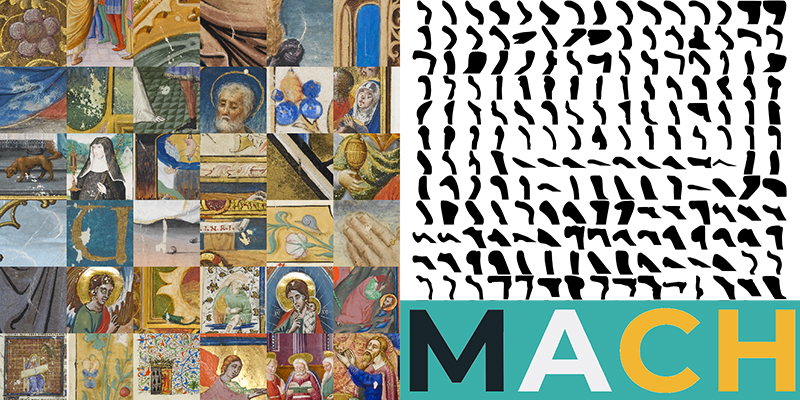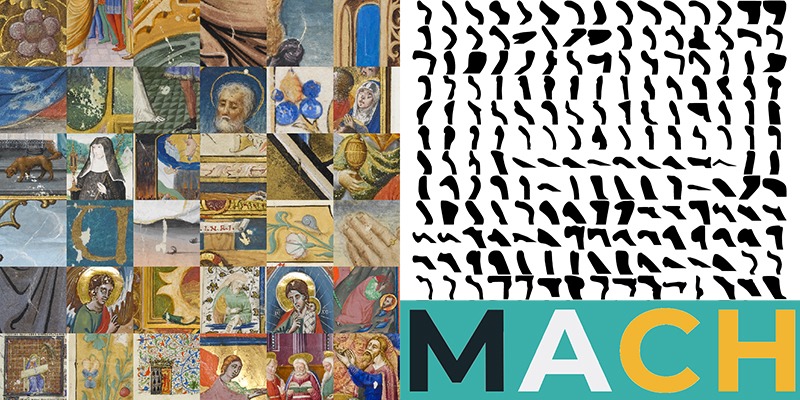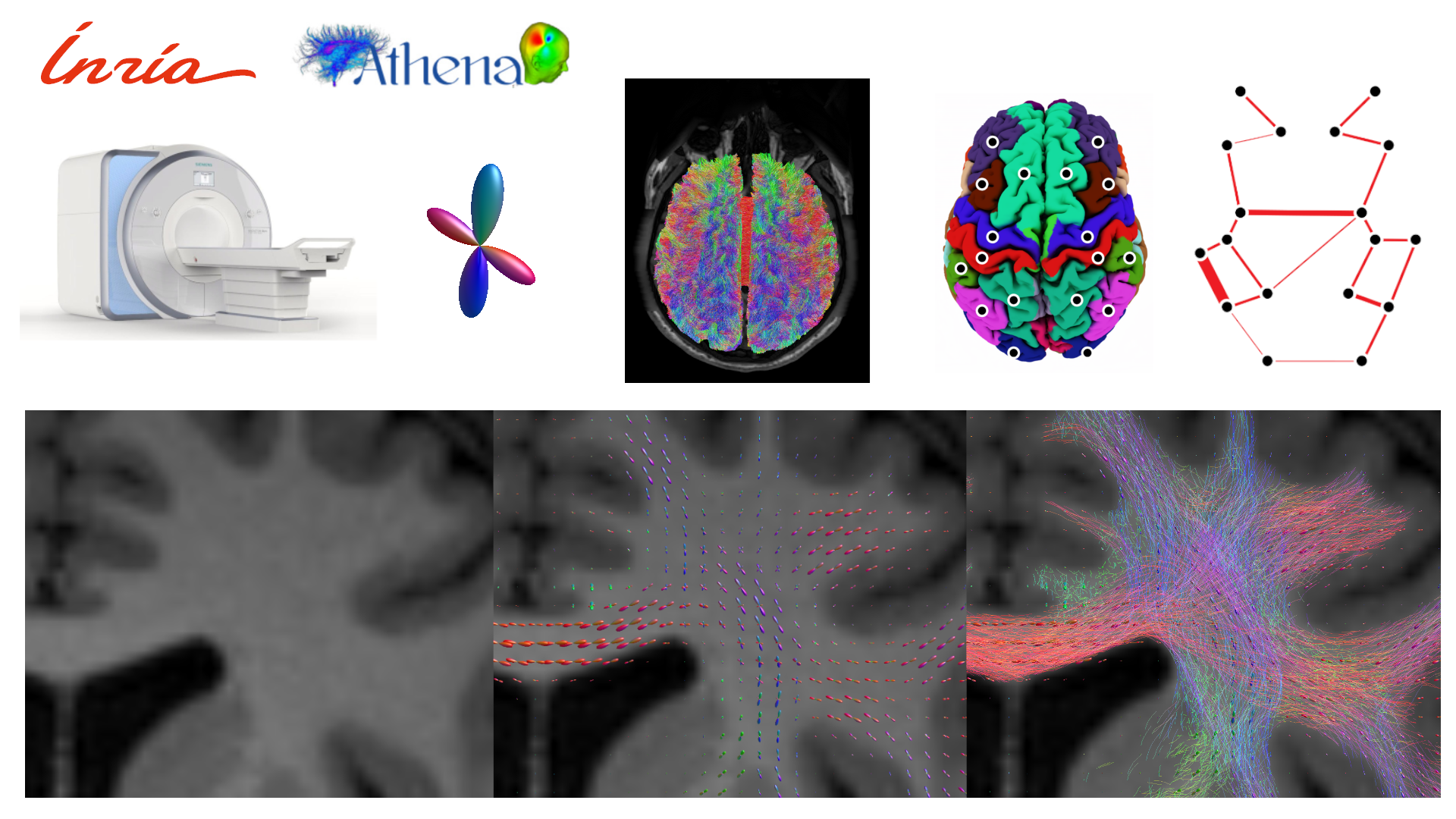Series
#VeronesiTuttiMathSeminars #SafetyThenEnjoyMath
Cultural Heritage
In this talk we describe two challenges tackled by the “Mathematics for Applications in Cultural Heritage” (MACH) research group in Cambridge, UK. The stated aim of the group is to support art and humanities scholars in their research, with innovative solutions of interest for STEM disciplines. In the first part, we will show a carousel of mathematical imaging approaches for the virtual restoration of damages in medieval illuminated manuscripts. We will explore the suitability of local, nonlocal and deep-learning inpainting methods in real-world scenario, in collaboration with the Fitzwilliam Museum (University of Cambridge, UK). In the second part, we will detail about an unsupervised workflow for clustering Roman commonware potsherds, which are frequently found at different excavation sites. By bringing an alternative order to the existing archaeological corpora, archaeologists will gain new knowledge on the shape production in the Central Tyrrenean area during the Roman Age. This work is done in collaboration with the Faculty of Classics (University of Cambridge, UK).
Medical Imaging
The human brain is a complex multiscale biomechanism where microscopic interactions have macroscopic effects (and vice-versa) and it is composed of ~80 billion neuronal cells connected by ~160 km of fibers called axons. Studying its structure and functioning is both a core challenge of contemporary science and our current research objective in the ATHENA team at Inria Sophia Antipolis - Méditerranée, France. The only tool that allows to investigate the structure of the brain non-invasively is diffusion Magnetic Resonance Imaging (dMRI). In this talk we will first introduce the basic concepts of dMRI signal representation and modelling by looking at the inverse problems related to its reconstruction. We will then integrate this local information to gain insights into the global organization of the interactions between different regions of the cerebral cortex, which are encoded as edges in a graph. Finally, we will see how by looking at the topological properties of these graphs we can distinguish patients affected by traumatic brain injury and healthy controls. Part of this work was done in collaboration with Ragini Verma (University of Pennsylvania) and Junghoon John Kim (City University of New York).
The zoom link for the seminar is
https://univr.zoom.us/j/97604696910 and the password is given by the first eight significant digits of arccos(-1). In order to be informed about the next seminars, please join the following mailing-list
http://eepurl.com/gv9u9D
Marco Caliari, Chairman of the Mathematics Teaching Committee
Matteo Frigo, Chairman of Associazione Alumni Matematica Verona










